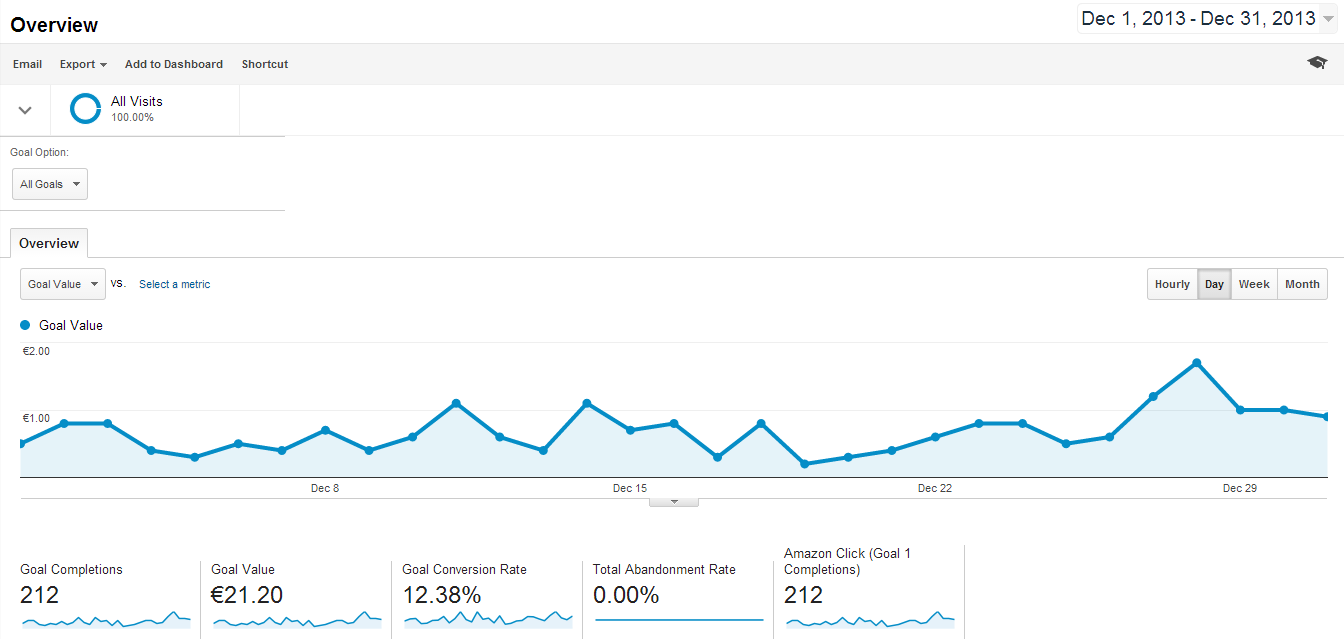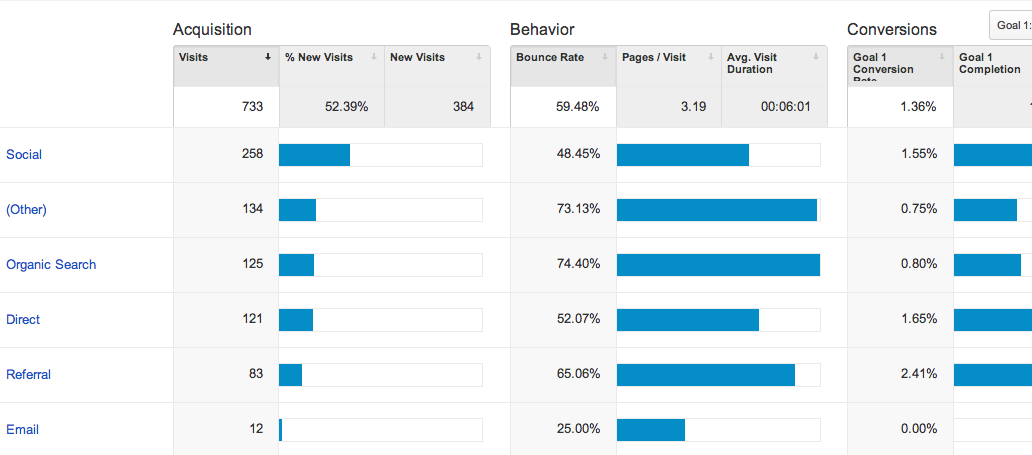Exploring What Data Is Google Analytics Goals Unable to Track
Exploring What Data Is Google Analytics Goals Unable to Track
Blog Article
Discover the Limitations of Google Analytics Goals: Introducing the Information Kind That Remain Untrackable
As businesses significantly count on data-driven decision-making, understanding the constraints of devices like Google Analytics comes to be extremely important. While Google Analytics Goals deal beneficial understandings into customer interactions, there exist information types that avoid monitoring, presenting challenges to an extensive understanding of user behavior. These untrackable data kinds question concerning the accuracy and completeness of the analytics data that companies heavily trust for their electronic methods. Curious to discover the covert unseen areas in your data evaluation process?
Insufficient User Journey Tracking
Insufficient user journey tracking within Google Analytics can impede the capability to accurately assess individual habits. When the user trip is not totally tracked, there are gaps in the data that stop a comprehensive understanding of how users communicate with an internet site. This absence of understanding can cause missed chances for optimization and improvements to the user experience.
One common issue with insufficient customer trip tracking is the failure to see the full course that customers take before completing a goal or leaving the website. Without this info, it is challenging to determine where individuals may be coming across challenges or friction factors that prevent them from transforming. Additionally, insufficient tracking can cover the effect of particular advertising and marketing initiatives or website adjustments on customer behavior.
To resolve this limitation, it is essential to establish proper tracking systems within Google Analytics to catch the entire individual trip. This may include establishing event monitoring, goal funnels, or utilizing devices like Google Tag Manager to ensure that no vital communications go unrecorded. By getting an extensive sight of the customer trip, site proprietors can make even more informed choices to improve user involvement and drive conversions.
Attribution Obstacles
Navigating with attribution difficulties in Google Analytics calls for a detailed understanding of how various touchpoints add to the overall conversion process. Acknowledgment challenges occur from the intricacy of contemporary customer journeys, where users connect with numerous channels before converting.
One common acknowledgment obstacle is the difficulty in associating conversions to the right source, particularly in situations where individuals connect with several networks prior to converting. This can cause errors in determining which advertising efforts are driving the most conversions. In addition, cross-device tracking presents one more attribution challenge, as users typically change in between devices during their journey, making it challenging to track their interactions seamlessly. Online marketers need to thoroughly interpret and examine attribution information to make informed choices and enhance their marketing approaches effectively.
Offline Conversions
Provided the obstacles linked with associating conversions properly in online channels, the dimension of offline conversions offers a substantial opportunity for online marketers seeking a more comprehensive understanding of their customers' trip. Offline conversions refer to actions that clients absorb the real world, such as making acquisitions in brick-and-mortar shops or over the phone, going to events, or involving with printed products - what data is google analytics goals unable to track. These conversions are crucial for services that run both online and offline, as they give important insights right into the efficiency of advertising projects throughout numerous touchpoints
Tracking offline conversions typically positioned a significant difficulty for marketing experts, as it was testing to link these actions back to details on-line interactions properly. With advancements in technology, such as the combination of CRM systems, unique identifiers, and discount coupon codes, companies can currently connect the gap between online and offline information to acquire a much more alternative view of consumer actions. By successfully gauging offline conversions, marketing experts can optimize their methods, assign resources a lot more efficiently, and ultimately improve the overall customer experience.
Cross-Device Tracking
Cross-device tracking plays a crucial role in recognizing the interconnected nature of consumers' digital interactions across numerous gadgets. In today's omnichannel globe, where customers perfectly change in between desktops, mobile phones, and tablet computers, tracking their actions across these devices is necessary for marketing experts to get a detailed sight of click here to find out more their client journey.

In addition, privacy concerns and laws such as GDPR and CCPA have even more complex cross-device monitoring. With users demanding even more control over their information and raised restrictions on tracking modern technologies, marketers must locate privacy-compliant and innovative ways to link individual communications across gadgets.
Dynamic Content Interaction
Recognizing user involvement with dynamic web content is pivotal in enhancing digital advertising and marketing methods for enhanced target market communication. Dynamic web content describes internet site aspects that transform based on customer actions, choices, or other factors, supplying a customized experience. Tracking individual communications with dynamic web content poses challenges for conventional analytics tools like Google Analytics.
While Google Analytics can track fundamental interactions like clicks and page sights, it may have a hard time to record even more nuanced involvements within vibrant web content. what data is google analytics goals unable to track. Metrics such as time spent on specific dynamic components, float activities, or communications within pop-ups are typically not quickly quantifiable utilizing common monitoring methods. This restriction prevents online marketers' capacity to totally comprehend just how users are engaging with dynamic content and tailor their techniques appropriately

Final Thought
To conclude, Google Analytics goals have restrictions in tracking insufficient individual trips, attributing conversions accurately, catching offline conversions, tracking cross-device interactions, and gauging dynamic web content interaction. These constraints highlight the importance of discovering added tracking methods and devices to get a more comprehensive understanding of customer behavior and conversions past what Google Analytics can give.
While Google Analytics Goals offer valuable understandings into individual interactions, there exist data kinds that avoid tracking, positioning obstacles to a comprehensive understanding of customer behavior.Insufficient user trip monitoring within Google Analytics can prevent the capability to properly examine customer actions. When the user journey is not fully tracked, there are gaps in the data that avoid a comprehensive understanding of exactly how users communicate with a website.One typical concern with insufficient individual trip tracking is the inability to see the full course that users take previously completing a goal or leaving the website. By acquiring an extensive sight of the user trip, internet site proprietors can make even more enlightened decisions to improve customer engagement and drive conversions.
Report this page